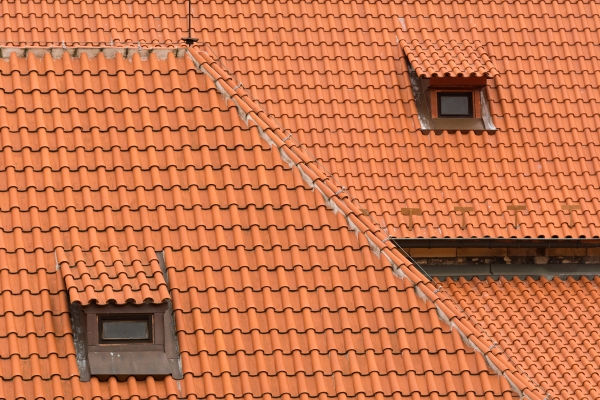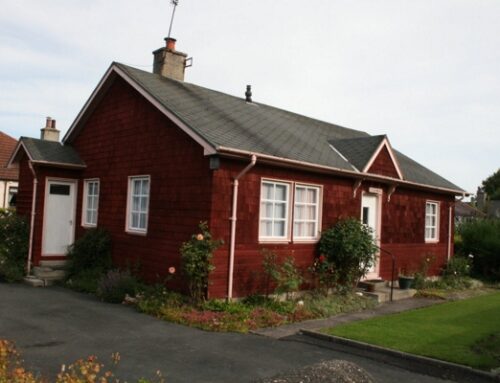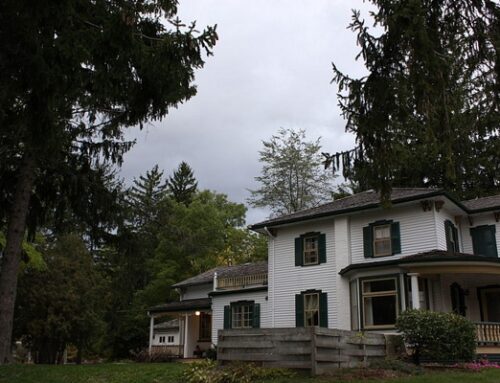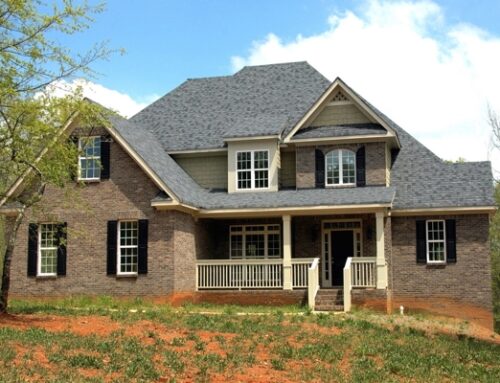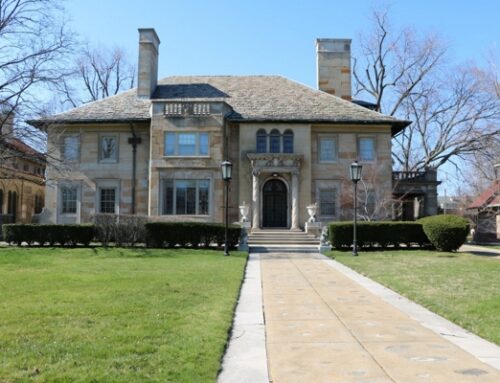If you’re planning to renovate your St Clair Shores home roof, now’s the time to consider tile roofing advantages and disadvantages. True enough, you have many questions such as “are tile roofs energy efficient” or “how long do they last?”
Clay tiles masons used in the Middle Ages is proof that tile roofs can last for centuries. If you’ve seen them, a clay tile roof in centuries-old castles remain intact. This is a feat if you consider the extreme weather these structures have faced through the years. Of course, they were also built by geniuses, which only veteran roofers in Clinton Township MI can achieve in the same way with modern tools, equipment, and methodologies.
After reading this post, you’ll know more about:
- The advantages of using tile roofs
- Their known disadvantages
- And if there are feasible alternatives to the material
Tile Roofing Advantages and Disadvantages
Advantages
Heavy and Dense
One of the more well-known tile roofing advantages and disadvantages is the density of the material. Traditional clay tile roofs have density you can feel upon its weight.
In the past, masons hardened clay materials in molds under the sun. Then, they built additional infrastructures to secure the clay, slate, and terracotta roof tiles will not collapse upon their installation.
As a result, the density prevents the wind from lifting the clay tiles off the property. Additionally, it adds effective protection against hail, snow, and heavy rainfall. In fact, clay, slate, and terracotta tiles provide exceptional insulation for any property.
A Long-Term Investment
Clay, slate, and terracotta tiles cost a bit above top-quality roofing materials. While you may consider it both tile roofing advantages and disadvantages, it clearly deserves its position as high-tier roofing materials.
Tile roofing can last for decades and even a century after its construction. Furthermore, modern best roof tiles are lightweight yet have higher density than their predecessors have. The roofing material might be more expensive, yet you’re guaranteed with a roof that can last through the centuries.
Additionally, manufacturers offer payment plans for tile roofing. This can work to your advantage. While it is a huge financial commitment, you’re guaranteed excellent roofing for your property.
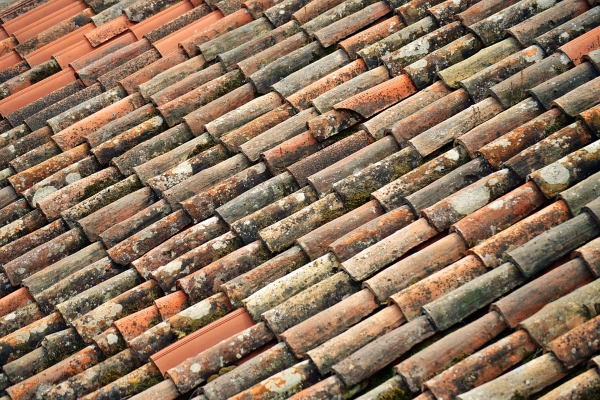
Castles and aging medieval structures are proof that even aged clay tiles such as this one can last for quite a long time.
A High-Variety, Aesthetically Pleasing Material
One known tile roofing advantages and disadvantages is the traditional beauty of these roofing materials. If you’re particular with the theme of your residential property, then tile roofing is an excellent choice in almost all cases.
Exclusive clay, slate, and terracotta tile roofing often introduce a Spanish or Mediterranean appeal for any property. Additionally, you can choose from a wide variety of colors from moss green, driftwood grey, ocean blue, bird blue, and more.
If you believe a wood shake or asphalt roof appearance works better, then manufacturers offer print replications of these materials in tile roofing form.
Related: Choosing Beautiful Decorative Ceramic Tile Roofing Materials
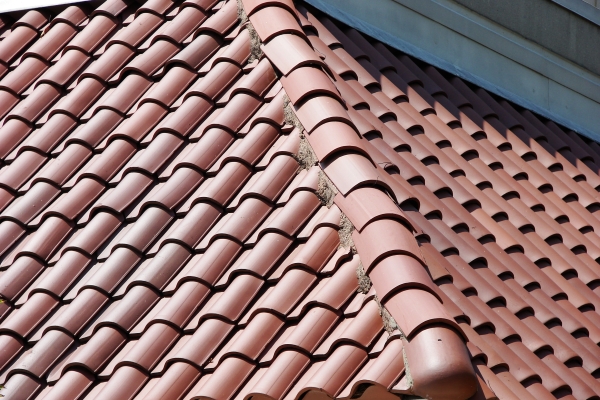
Tile roofs look excellent and aesthetically pleasing for almost any residential property.
Disadvantages
Steep Pricetag
As we mentioned earlier, price is one of the most known ceramic tiles advantages and disadvantages. Clay tiles have no room for price negotiation. True enough, many St Clair Shores homeowners find clay tiles their last resort for excellent residential roofing.
However, if you do not mind using a payment plan, then you will definitely own your first residential clay tile roof. True enough, anybody with cash on hand should purchase a full set of clay tiles for optimal improvements in residential property lifespan and durability.
Costly Installation
The biggest tile roofing advantages and disadvantages is purely its fiscal aspects. Clay, slate, and terracotta tiles are heavy materials.
Therefore, roofing companies must construct additional support structures to prevent it from collapsing. In addition, they will spend more time and use more equipment to bring up and install the roofing materials.
While they can withstand strong hailstorm damage, clay tiles are no match for human weight. Therefore, repair personnel must take great care and consume more time in repairing possible tile roof damages.
Slope Limitations
Tile roofs are heavy. Therefore, if you have an extremely low slope or flat roof, the weight of clay tiles can push and create a massive center.
In turn, it can pierce a hole through your roof and collapse despite structural reinforcements. If you’re planning to use tile roofing materials, make sure your roof has a pitch that has enough angle.
Alternatives To Tile Roofing
While they’re excellent, they’re not perfect. Tile roofing advantages and disadvantages are huge commitments. If you need alternatives that work excellently or within par, check out the materials we listed.
Asphalt Shingles
The number-one go-to roofing material of Western residential structures, asphalt shingles are cost-effective solutions for roof replacement and installation. Asphalt tiles with felt underlayments work efficiently against hailstorms, rain, and snow. Furthermore, they’re easy to repair and replace when you need to.
Unfortunately, asphalt shingles roofing disadvantages also exist. First, they make your house look similar to the next one because majority of residences nowadays use asphalt shingle tiles.
Second, they only last within 15-30 years compared to the decades or even centuries tile roofing provides.
Metal
Metal roofs are as expensive as tile roofing materials. However, their installation costs save you more money and guarantee you 70+ years of extreme weather protection.
St Clair Shores homeowners have a choice between galvanized and galvalumed steel and aluminum metal roofing materials. These materials are least prone to rust.
However, the low weight of metal roofs makes them prone to wind damage.
Related: 9 Excellent Types of Roofing Materials for Residential Properties This 2019
Wood Shakes and Shingles
Tile roofing materials in the past had an alternative. Masons cut trees and used axes to divide them into small tiles. In turn, they created the earliest versions of wood shakes and shingles.
Nowadays, wood shingles use machines to cut them into uniform wooden tiles. Then, manufacturers use vinyl or other materials to reinforce them against the weather.
Wood shakes remain hand-cut throughout their manufacturing. Next, they’re reinforced with durability and lifespan-improving material.
They offer a grainy yet elegant appearance for any property. In fact, they can last for more than 40 years.
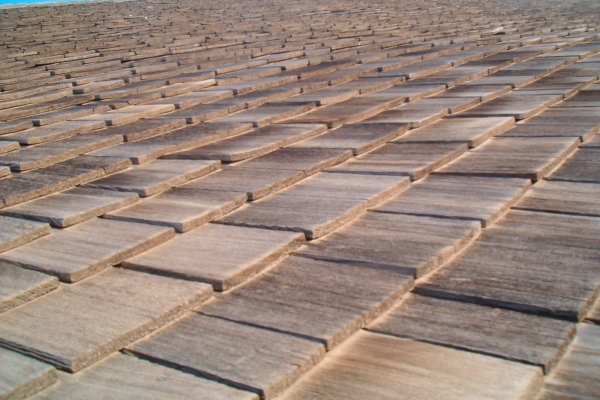
Wood shingles and shakes have their respective appeal. They’re excellent and affordable tile roofing material alternatives.
Wrapping Up
Now, you can make a decision on your new roofing material by knowing tile roofing advantages and disadvantages.
One final thing before you go: make sure to hire a reputable roofing contractor. An excellent tile roof installation nips many problems in the bud.
If you have yet to find a contractor, you can depend on us at Millers Home Improvement to do this for you. We’re all about excellent roofing installations for all residential roofing material types. All our contractors have over 30 years of experience working on roof repairs or anything roof and residential-related tasks. Call us today for an excellent roofing service.


